Search Images
Browse Content (p. 1644)
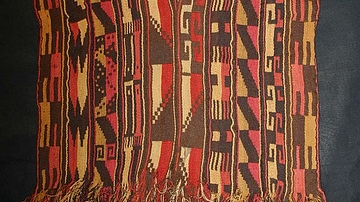
Image
Nazca Poncho
A Nazca poncho (200 BCE-500 CE) which illustrates the vibrant colours and bold linear patterns typical of Nazca textiles. (Lombards Museum)
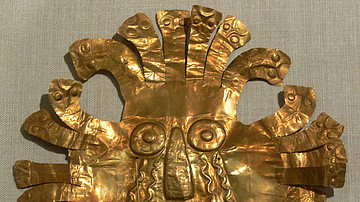
Image
Nazca Gold Mask
A beaten gold mask from the Nazca civilization of Peru, 200 BCE-500 CE. 18.4 x 20.5 cm. The mask may represent a shaman in transformational pose, a common motif in Nazca art. An alternative interpretation is that it represents the weeping...

Image
Ancient Mesopotamian Pharmacist Prepares Elixir
An Arab folio on which is depicted a pharmacist preparing an elixir. From the manuscript of the De Materia Medica by Dioscorides, 1st century CE. Metropolitan Museum of Art, New York
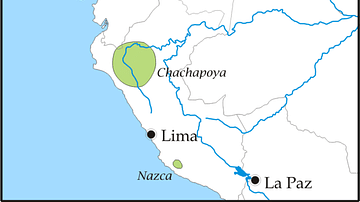
Image
Nazca Civilization Map
A map indicating the location of the Nazca civilization, 200 BCE - 500 CE, on the southern coast of Peru.
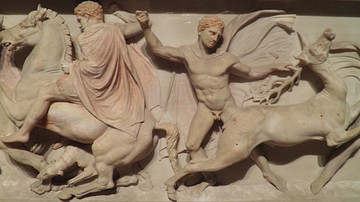
Image
Alexander Sarcophagus (detail)
The Alexander Sarcophagus is a late 4th century BCE stone sarcophagus adorned with bas-relief carvings of Alexander the Great. The Alexander Sarcophagus is one of four massive carved sarcophagi, forming two pairs, that were discovered during...
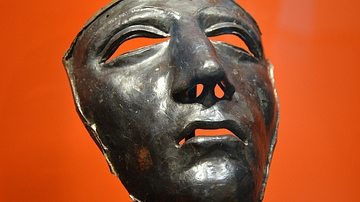
Image
Kalkriese face mask for Roman cavalry helmet
This military face mask is one of the most exceptional finds at the Kalkriese battle grounds. As 'The Kalkriese Type' it stands as the prime example for masks with a small face, the eyes are not particularly even, but give good sight. It...
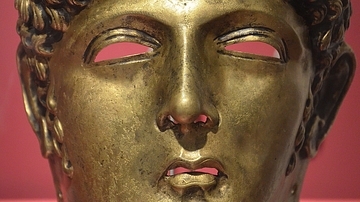
Image
Cavalry Helmet Face Mask
Golden Cavalry Face-Mask Helmet (Type Ribchester), found on the bed of the Corbulo Canal (Fossa Corbulonis) near the Roman fort of Matilo (modern Leiden, Netherlands), dating from 80-125 CE. (Rijksmuseum van Oudheden, Leiden)
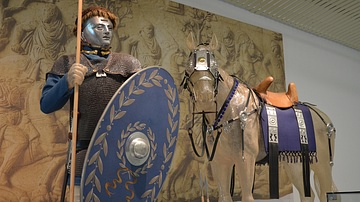
Image
Roman Cavalryman Model
A reconstruction of a cavalryman and horse wearing pieces of display armour typical of the hippika gymnasia. (Museum het Valkhof, Nijmegen, Netherlands)
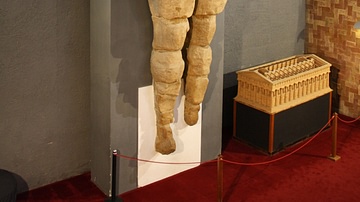
Image
Atlantide, Temple of Zeus, Agrigento
One of the massive atlantide figures from the temple of Zeus (480s BCE) in Agrigento. There were 38 such figures incorporated into the architecture of the building and each stood 7.6 metres tall. (Archaeological Museum, Agrigento, Sicily).
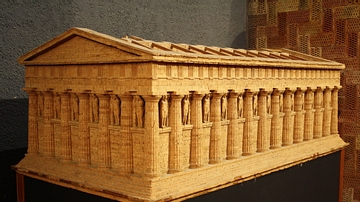
Image
Temple of Zeus Model, Agrigento
A model of the temple of Zeus, Agrigento. One of the largest in the ancient world, the temple was constructed in the 480s BCE. It measured around 113 x 56 metres and stood on a five-step base, it was 33 metres high. (Archaeological Museum...